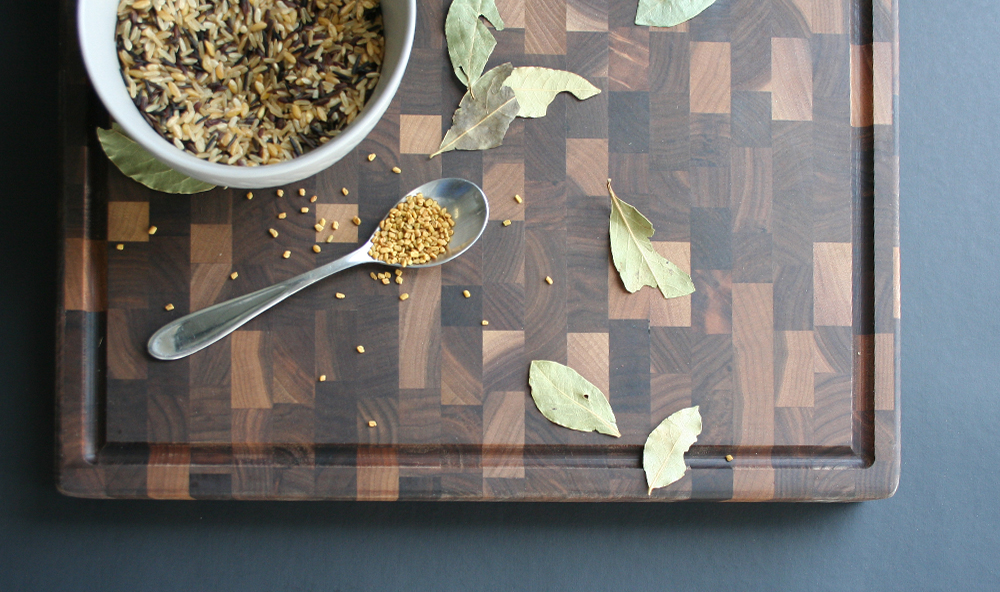
The history of the butcher block can be traced back to primitive times. As soon as humans made use of sharp objects, they made use of butcher blocks. And though they didn’t have the same conception of it as we do today, the function largely remains the same.
It is astounding that our modern culture has kept this practice over thousands of years which intimately links us to our past. Despite advances in technology, our continued use of hardwood is an attestation to its durability, just like the latest trends in high-end kitchen designs promoting their use in counter tops is a sign of our collective revelry in its timelessness.
The abundance of hardwoods like maple and cherry in North America make it perfect for manufacturing hardwood products. Early American entrepreneurs coveted sprawling forests filled with hardwood trees. They would set up in the hills, carve out innumerable amounts of trees, turn them into logs and brand them in order to be floated down a river to a holding pond—literally a pond to warehouse the logs just outside the lumber mill.
As early as 1907 companies like Ridgeway Refrigerator Manufacturing Co. were producing massive, high quality butcher blocks with this process.
The first forms of butcher blocks were produced in such a way as to accommodate how they were used in society at that time. Before there were mechanized slaughter houses, large animals had to be butchered by many workers at the same time. This required a large shared working space.
This is why the earliest versions of butcher blocks measuring 31” square could weigh up to 400 lbs. These gigantic stand-alone butcher blocks would be propped up on four legs so the whole butcher block could function as a work table for up to 4 butchers, each occupying their own corner.
Though this version is likely only 5” thick, it was still a shared work space. Notice how the butcher block is used and worn down in two separate areas, one on the left and the other on the right.
Nowadays, butcher blocks are conceived for one-person use. Industrialization made its way into the slaughter house and eliminated the need to have multiple butchers working on the same carcass. Instead, the butcher block of today is inside the home, serving as a cutting board for smaller sized butchering performed by one person at a time. The dimensions of the butcher blocks followed suit and now we have butcher blocks that weigh no more than 15 lbs. and can be 1 to 2 inches thick.
Check out our latest butcher block boards made of high-quality hardwood, perfect for all your at-home butchering needs!